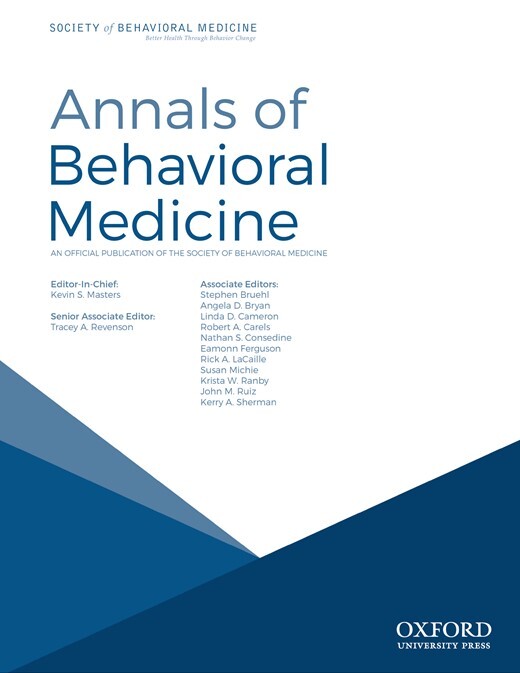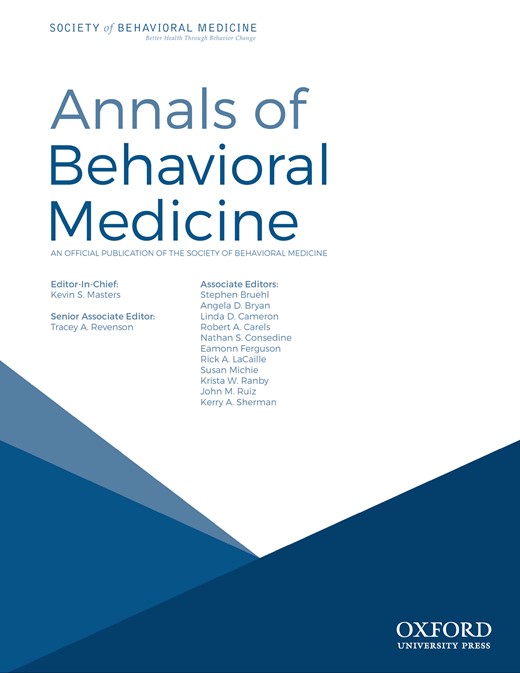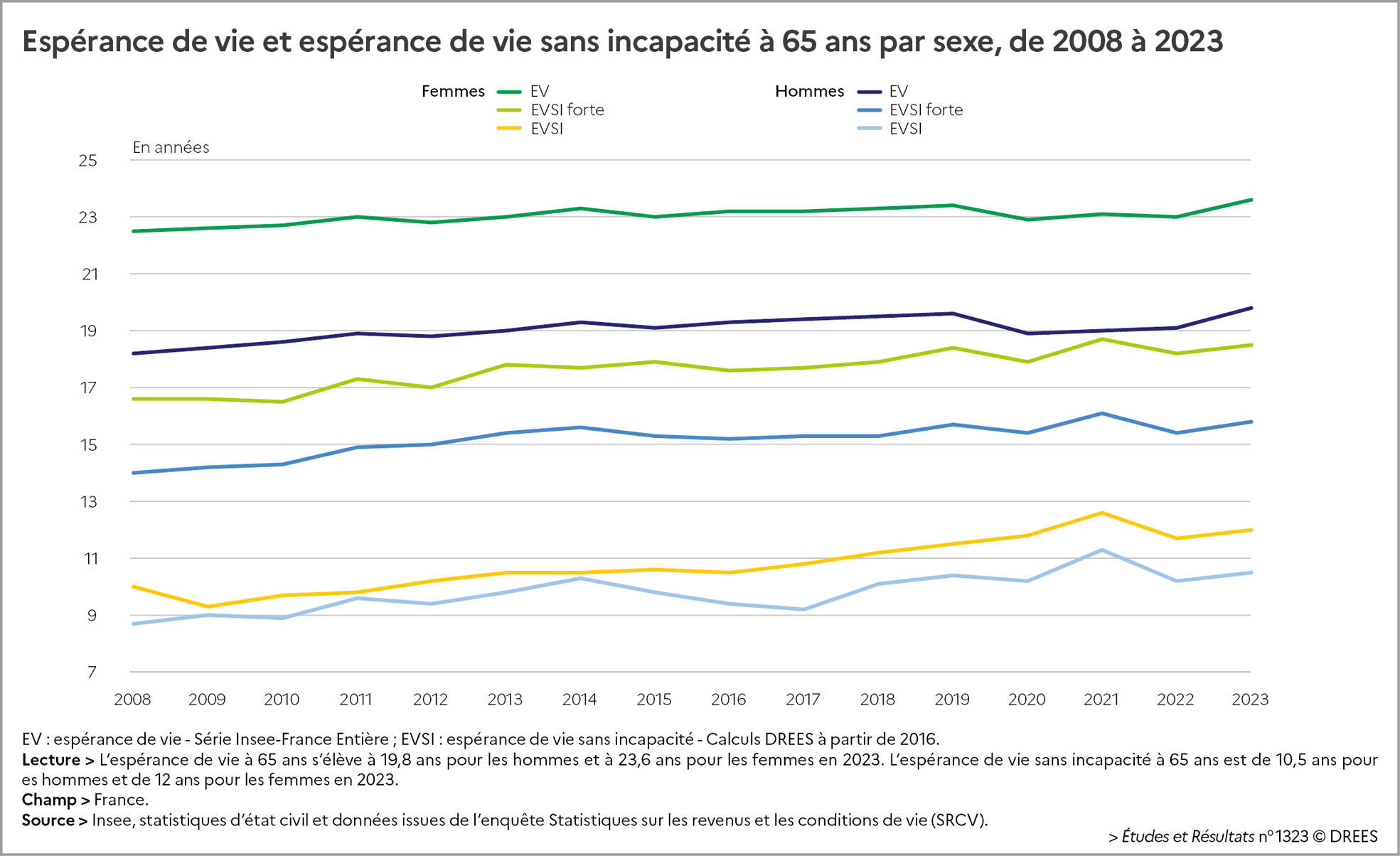Pharmageek
26/06/2025

AbstractBackground. No conclusions have been drawn regarding the relative attrition and adherence rates associated with sustained vs. intermittent exercise
Lire l'article complet sur : academic.oup.com
26/06/2025
26/06/2025

Le "trou de la Sécu" va se creuser à 41 milliards d'euros de déficit, selon les prévisions de l'Assurance maladie. L'organisme propose de mettre l'accent sur la prévention et de renforcer la vigilance sur les arrêts maladie.
Lire l'article complet sur : www.franceinfo.fr
07/01/2025







